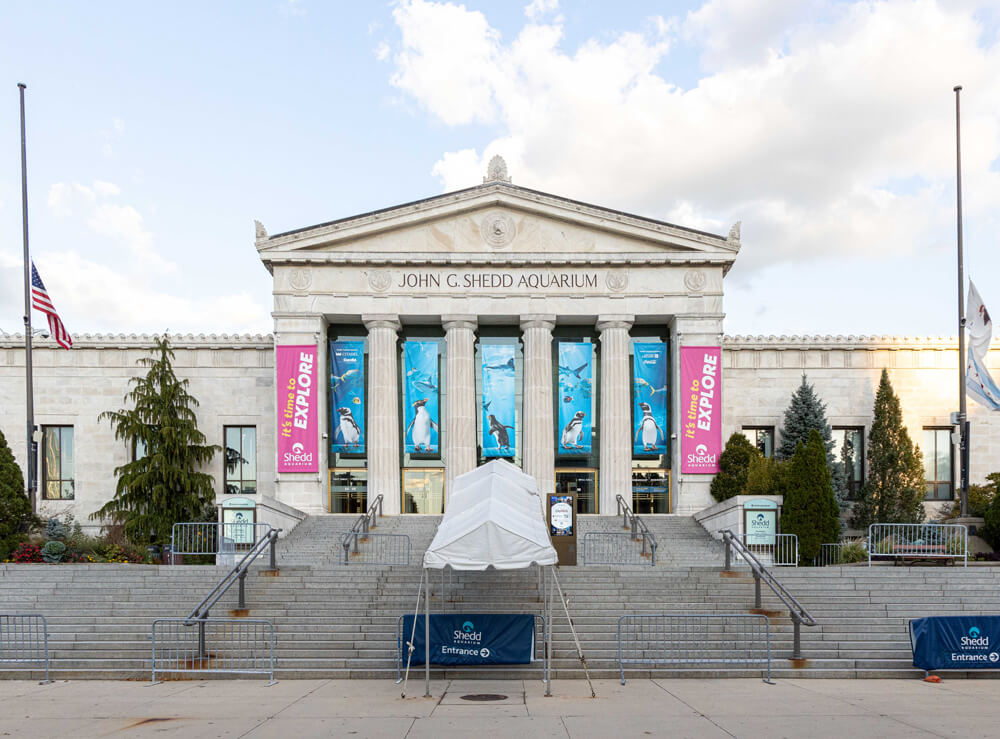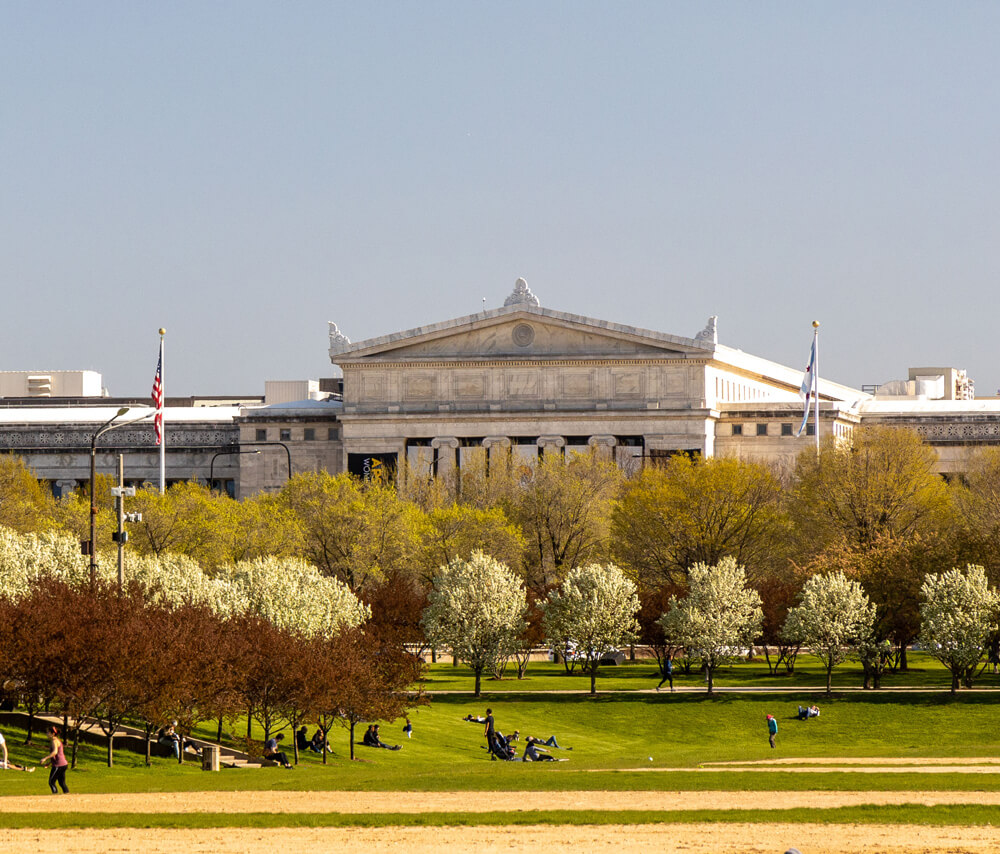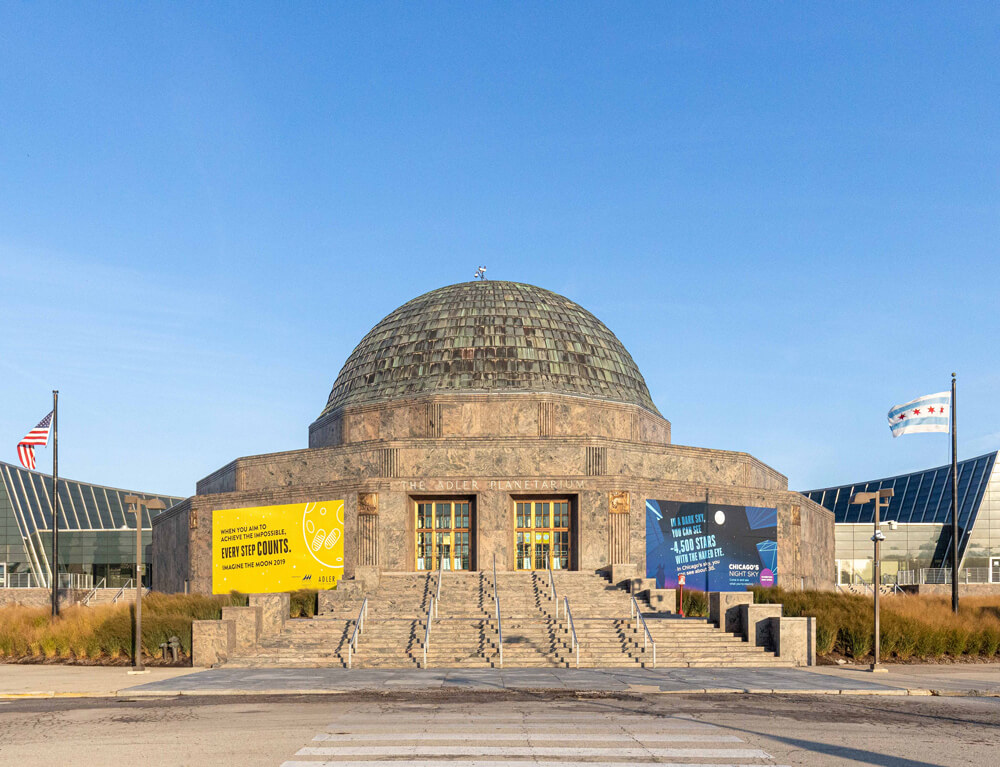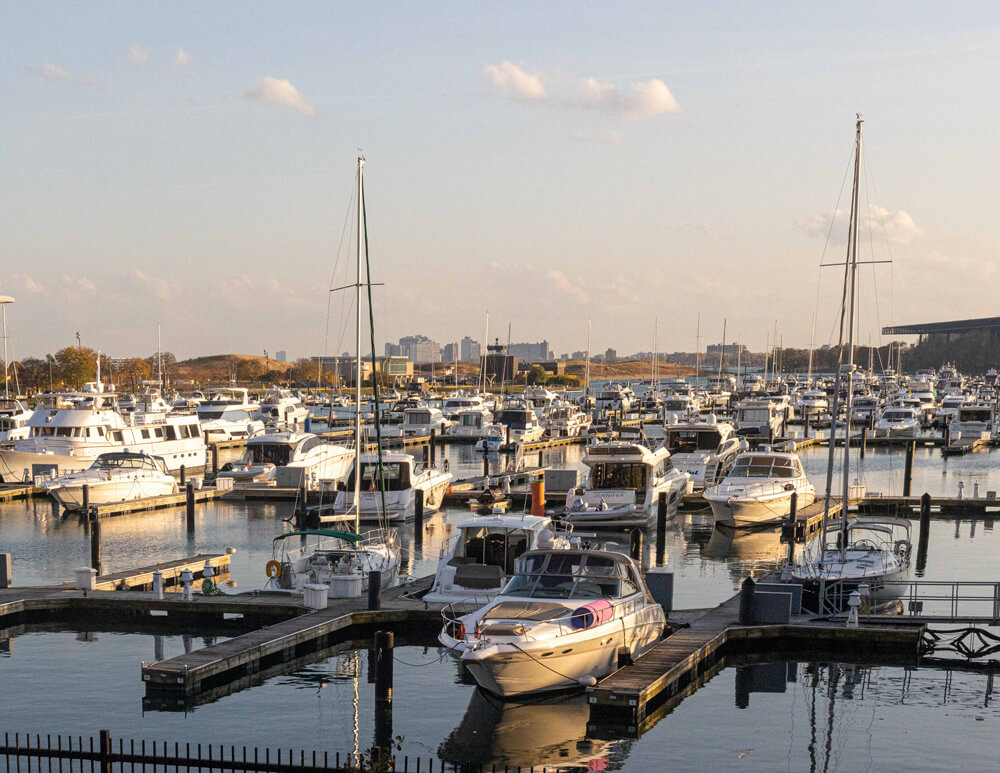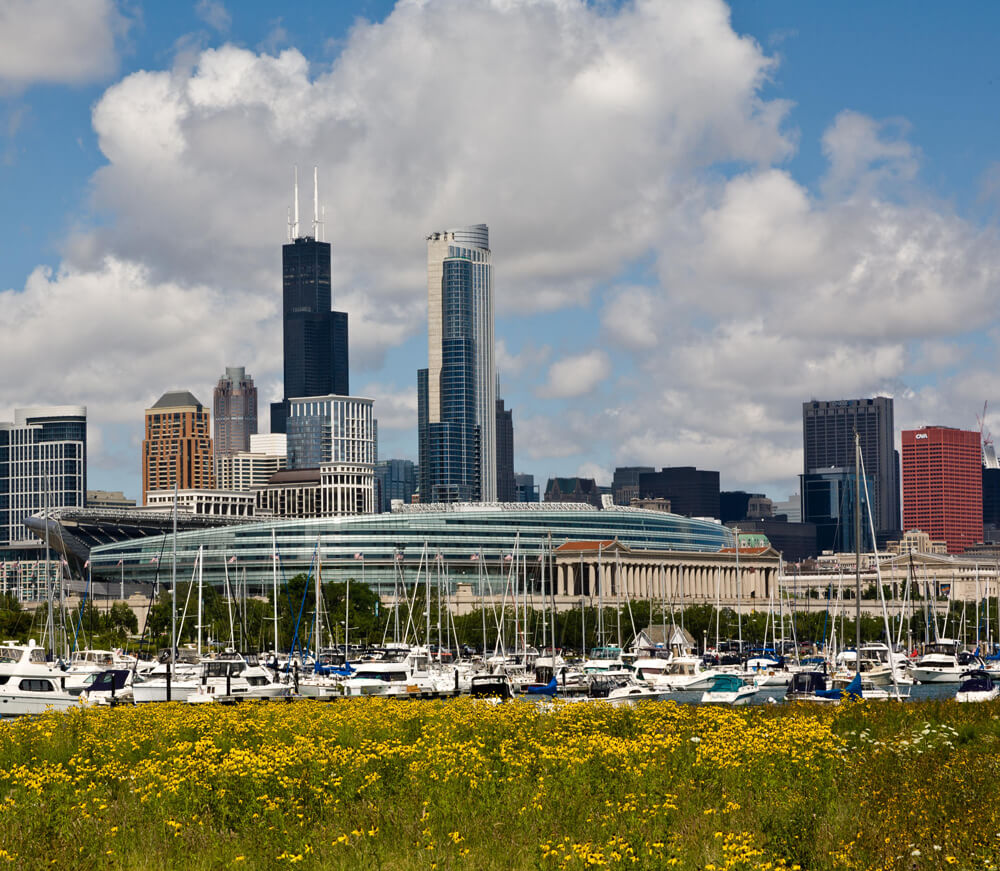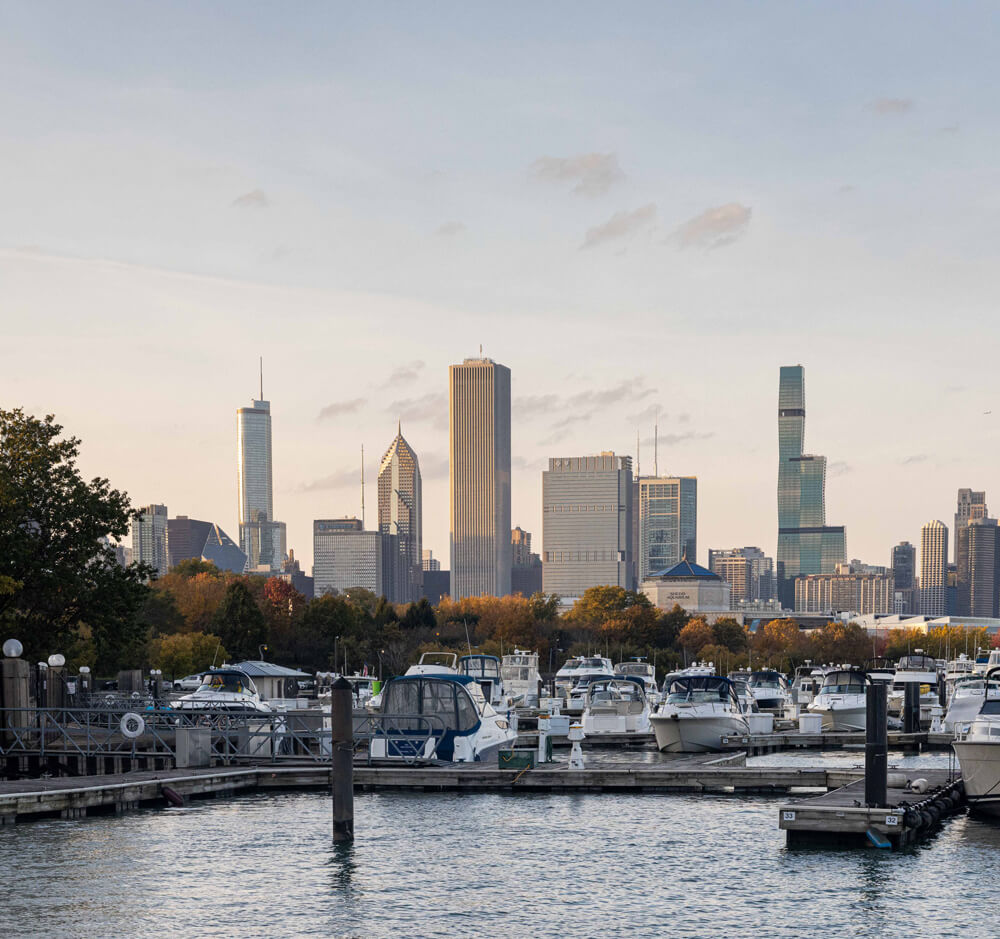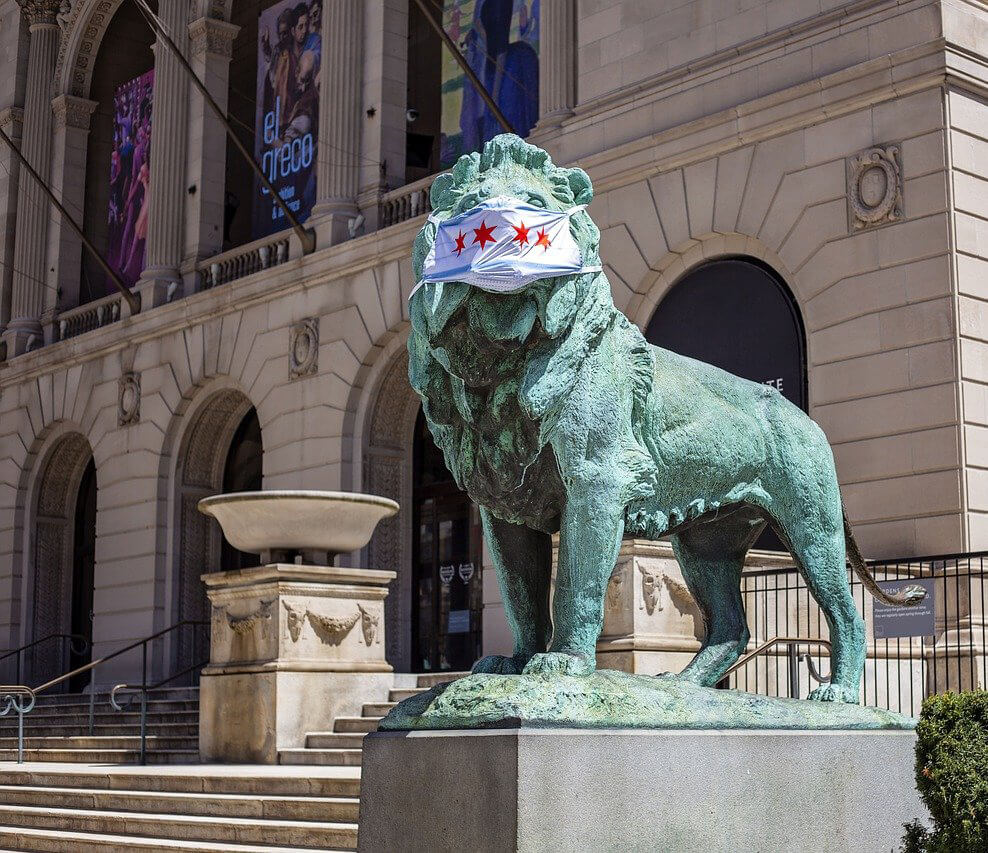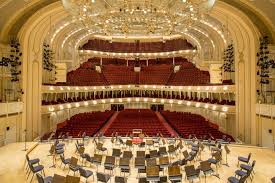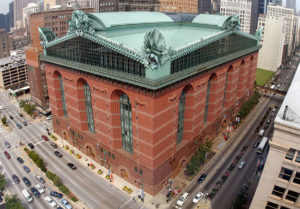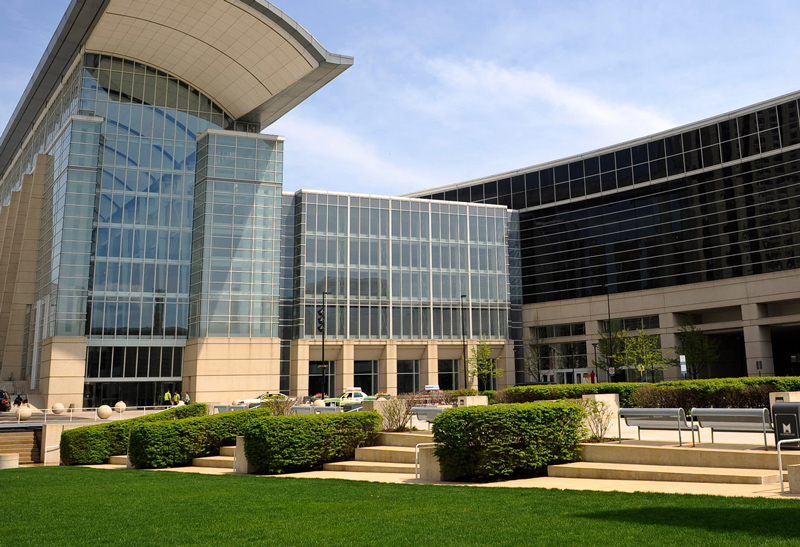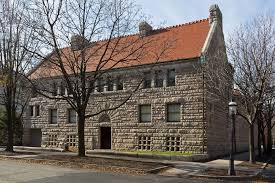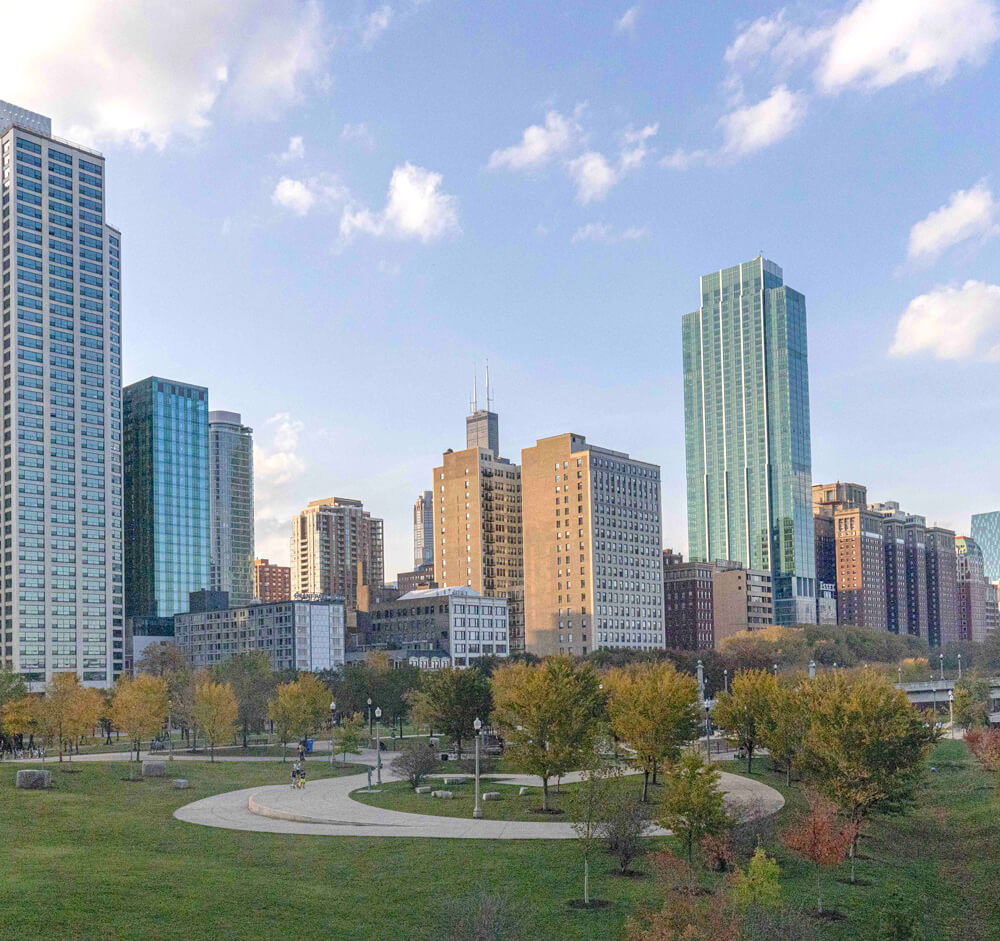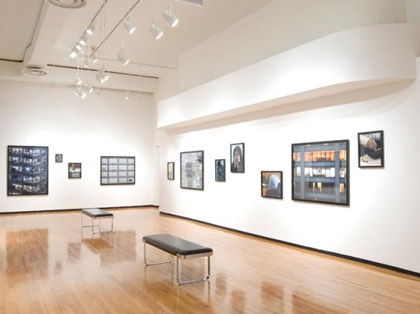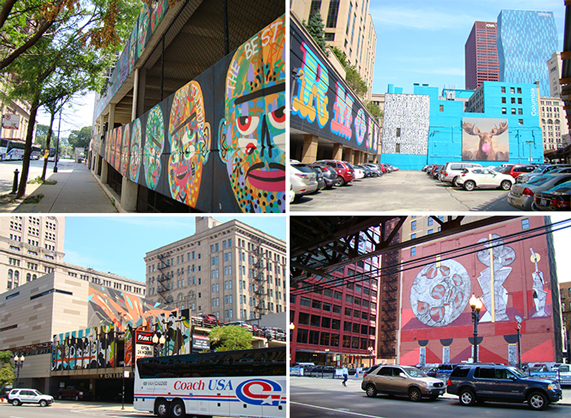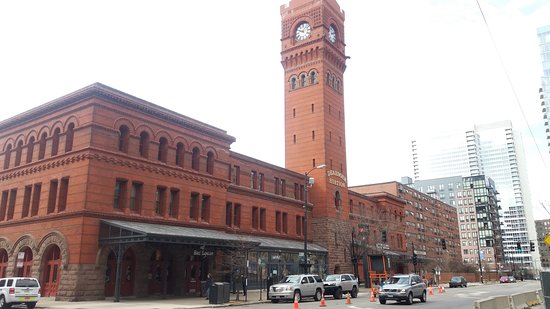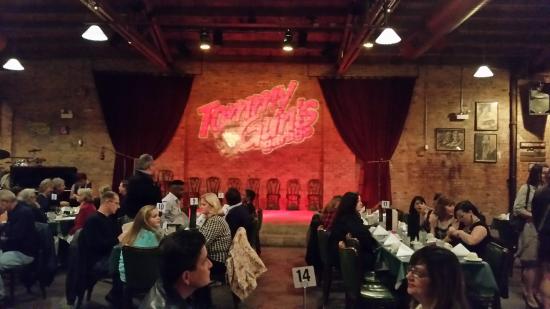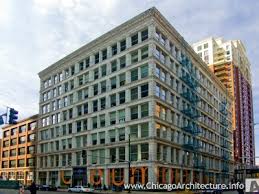SOUTH LOOP ATTRACTIONS
Historic, Charming, Exceptionally Unique
The South Loop features some of Chicago’s most magnificent attractions. From world-famous museums and historical architectural structures, to gourmet dining and entertainment, this region is a wonderful place to explore.
Shedd Aquarium: 1200 S Lake Shore Dr
Field Museum: 1400 S Lake Shore Dr
The Field Museum of Natural History is a natural history museum and one of the largest of this type in the world. The museum maintains its status as a premier natural-history museum through the size and quality of its educational and scientific programs, as well as due to its extensive scientific-specimen and artifact collections.
The diverse, high-quality permanent exhibitions, which attract up to two million visitors annually, range from the earliest fossils to past and current cultures from around the world to interactive programming demonstrating today’s urgent conservation needs.
Adler Planetarium: 1300 S Lake Shore Dr
Adler Planetarium opens up a whole new universe. Shows, exhibits, theaters and galleries complement the observatory. The Adler provides astronomy education for students, adults and families through a variety of course offerings, lectures, and other special events. Its museum features some 2,000 historic astronomy, navigation, and mathematics instruments.
Opened in 1930, the Adler was the first planetarium built in the Western Hemisphere. Its namesake and founding benefactor, Max Adler, was a Sears, Roebuck officer and early stockholder.
Northerly Island: 1521 S Linn White Dr
Northerly Island is a 91-acre man-made peninsula along the lakefront. The site of the Adler Planetarium on Northerly Island connects to the mainland through a narrow isthmus along Solidarity Drive. This street is dominated by Neoclassical sculptures of Tadeusz Kościuszko, Karel Havlíček Borovský and Copernicus. It has a huge conservation area with lakes and excellent biking.
Huntington Bank Pavilion also occupies part of the island where fantastic lakefront concerts are regularly held (or will be soon)!
Soldier Field: 1410 Museum Campus Drive
Soldier Field opened in 1924 and is the home field of the Chicago Bears, who moved there in 1971, and the Chicago Fire. It is the oldest stadium in the NFL.
The stadium’s interior was rebuilt as part of a major renovation project in 2002. Soldier Field has served as the home venue for a number of other sports teams in its history, including the Chicago Cardinals of the NFL, University of Notre Dame football, as well as games from the 1994 FIFA World Cup, the 1999 FIFA Women’s World Cup, and CONCACAF Gold Cup championships. In 1968, it hosted the first Games of the Special Olympics. Other historic events have included large rallies with speeches, including by Amelia Earhart, Franklin D. Roosevelt, and Martin Luther King Jr.
Burnham Park, 13th St Beach & Burnham Harbor
Burnham Park, 13th st. beach and Burnham Harbor are all in the Northerly Island / Museum Park area along the lakefront. The 598 acres of parkland is owned and managed by Chicago Park District. It was named for urban planner and architect Daniel Burnham in 1927. The park is an outgrowth of the 1909 Plan for Chicago developed by the park’s namesake Daniel Burnham and often called simply “The Burnham Plan”.
The park hosts some of the city’s most important municipal structures, such as Soldier Field and McCormick Place. In the early 20th century, Chicago businessman A. Montgomery Ward advocated that the lakefront must be publicly accessible, and remain “forever open, clear and free”, lest the city descend into the squalor typical of American cities of the time, with buildings and heavy industry destroying any chance for beauty.
The Art Institute: 111 S Michigan Ave
Chicago Symphony Orchestra: 220 S Michigan Ave
The Chicago Symphony Orchestra (CSO) was founded by Theodore Thomas in 1891. The ensemble makes its home at Orchestra Hall in Chicago and plays a summer season at the Ravinia Festival.
The music director is Riccardo Muti, who began his tenure in 2010. The CSO is one of five American orchestras commonly referred to as the “Big Five”.
Harold Washington Library: 400 S State
In 1987, Mayor Harold Washington ordered a design/build competition for a new central library in the South Loop. The City Council authorized the competition and the $144 million bond issue to finance the project on July 29, 1987. Based on both design and cost criteria, an 11-member citizen jury selected the design by Thomas Beeby from Hammond, Beeby & Babka, Inc. as the winner on June 20, 1988.
Groundbreaking took place October 13, 1988, using imported soil because the location at State and Van Buren streets was an asphalt-covered parking lot. Dedicated October 4, 1991, HWLC opened October 7, 1991. Named for Harold Washington (1922-1987), the city’s first African American mayor.
McCormick Place: 2301 S King Dr
The largest convention center in North America, the center consists of four interconnected buildings and one indoor arena located along the lakefront about 2300 south. McCormick Place hosts numerous trade shows and meetings.
The largest regular events are the Chicago Auto Show each February, the International Home and Housewares Show each March and the National Restaurant Association Annual Show each May. Lately of course conventions are on hold but will be back soon.
Glessner House: 1800 S Prairie Ave
Grant Park: Columbus & Roosevelt
It is bordered on the north by Randolph Street, on the south by Roosevelt Road and McFetridge Drive, on the west by Michigan Avenue and on the east by Lake Michigan. The park contains performance venues, gardens, art work, sporting, and harbor facilities. It hosts public gatherings and several large annual events. Grant Park is popularly referred to as “Chicago’s front yard”.
Museum of Contemporary Photography: 600 S Michigan Ave
Wabash Arts Corridor: Wabash & Michigan between Ida B Wells Drive and 16th
Dearborn Station: 47 W Polk St
Tommy Gun’s Garage: 2114 S Wabash – coming back soon
Ludington Building: 1104 S Wabash
Testimonials

Let's Start your Journey into Chicago Real Estate
Phone
Address
1404 S Plymouth Court
Chicago, IL 60605

